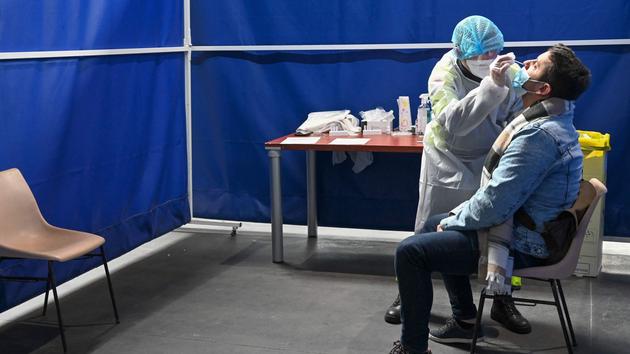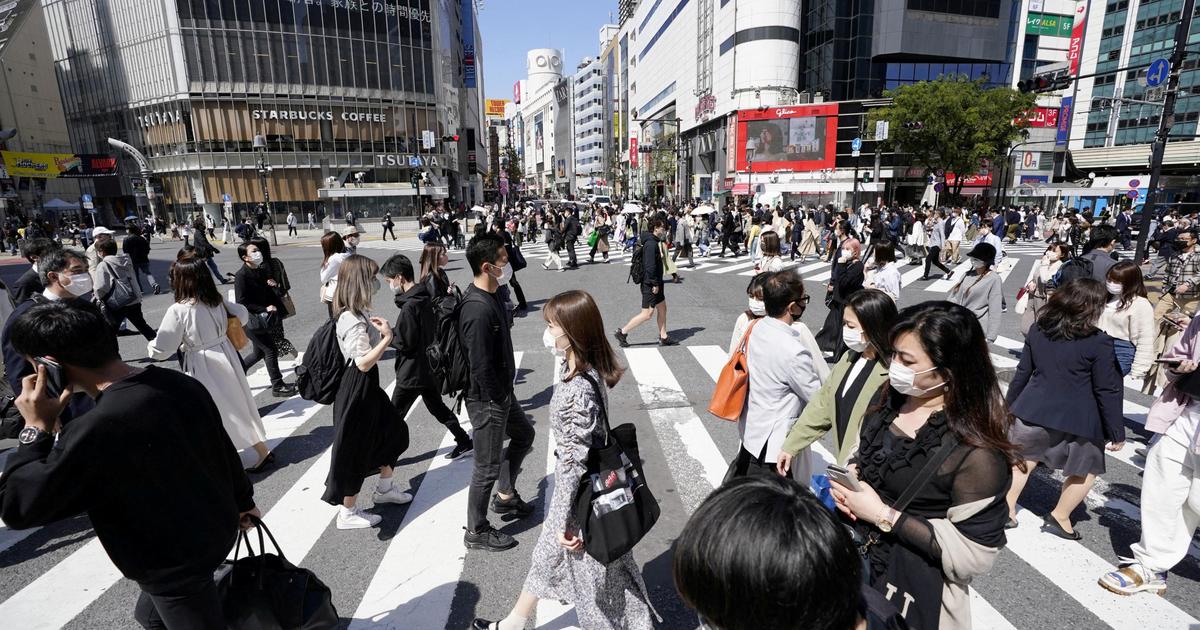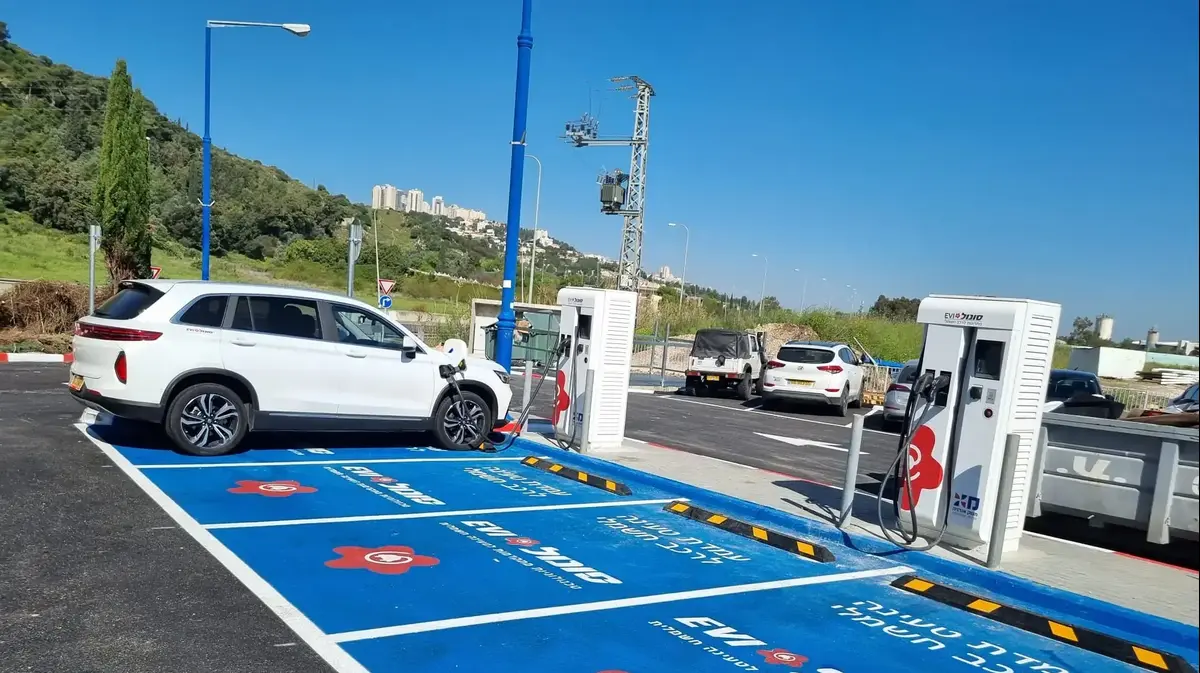After the Alpes-Maritimes, where a partial reconfinement was put in place on Monday, Dunkirk in turn expects additional restrictive measures to fight the epidemic.
They should be announced on Wednesday, the day after a consultation meeting between the prefecture and local elected officials.
The signals are in red: with an incidence rate of 901 cases per 100,000 inhabitants over seven rolling days on February 19, against 658 a week earlier, the urban community is experiencing a real viral outbreak.
This rate, more than four times higher than the national average (201), is also higher than that of Nice (771) which was put under cover on Monday.
Located south of Dunkirk, the Hauts-de-Flandre community of municipalities also has a worrying incidence of 789 cases per 100,000 inhabitants.
Analysis of wastewater by the Obépine Network confirms the marked increase in cases in the North.
Read also: Covid-19: is the effect of variants on the epidemic already clearly visible?
This rebound is explained by the spread of the English variant, which represents 72% of positive cases in Dunkirk, indicates the regional health agency.
According to data published by the laboratory Evolution of infectious diseases in Montpellier, the transmission rate of the English variant is 35% higher than the historical strain.
The Dunkirk hospital is already under tension, forcing the health authorities to transfer to the intensive care services of other establishments in the region.
In the North, which has 225 intensive care beds, 152 of them are occupied.
Without opposing a possible confinement, the 22 mayors of the urban community hope, however, to give
Dunkirk
“one last chance”
, by focusing on prevention to further reduce social interactions.
Elected officials are also asking for an extension of the exceptional screening campaign launched last week in the face of the increase in cases.
The decision will fall to the Minister of Health, Olivier Véran, who is expected on site this Wednesday.
To take into account the heterogeneity of the situation in the territory, the government could extend its new strategy of "territorialization" to other pockets of circulation of the virus in the days to come.
"The logic is to take a local approach, to do it on a case-by-case basis, in consultation, because the situations are different within the regions"
, explained the entourage of Emmanuel Macron, on the sidelines of a visit by the head of the State in Côte-d'Or.
Fears in Moselle and Île-de-France
The Moselle, where a cluster of one of the variants (a priori South African) has been spotted, is thus closely monitored.
The health authorities fear an explosion in the number of intensive care admissions.
The incidence rate is 315 cases per 100,000 inhabitants over seven rolling days on February 19, and reached 400 in the metropolis of Metz.
55% of positive tests are linked to the South African variant.
In response, the Moselle prefecture has implemented a strengthening of police checks (30,000 from February 1 to 18) and screening, as well as the opening of seven vaccination centers dedicated to the administration of 30,000 additional doses. promised by the Minister of Health.
The situation is also unstable in Île-de-France.
The incidence, of 270 cases per 100,000 inhabitants, has been increasing there for a few days.
This rate is 290 in Paris, up for a week, and 298 in Seine-Saint-Denis.
In the region, the positivity rate now exceeds 7%.
This dynamic is confirmed by the observation of wastewater, which shows an upward trend while surveys have placed the epidemic on a plateau for several weeks.
30% of the samples are linked to mutations in the virus.
Read also: North, Grand Est, Île-de-France: these other territories under pressure in the face of the coronavirus
At the national level, France is not at this stage undergoing the feared explosion because of the variants.
But the Minister of Health worried Monday of a
"new increase in the circulation of the virus"
for
"four or five consecutive days"
.














